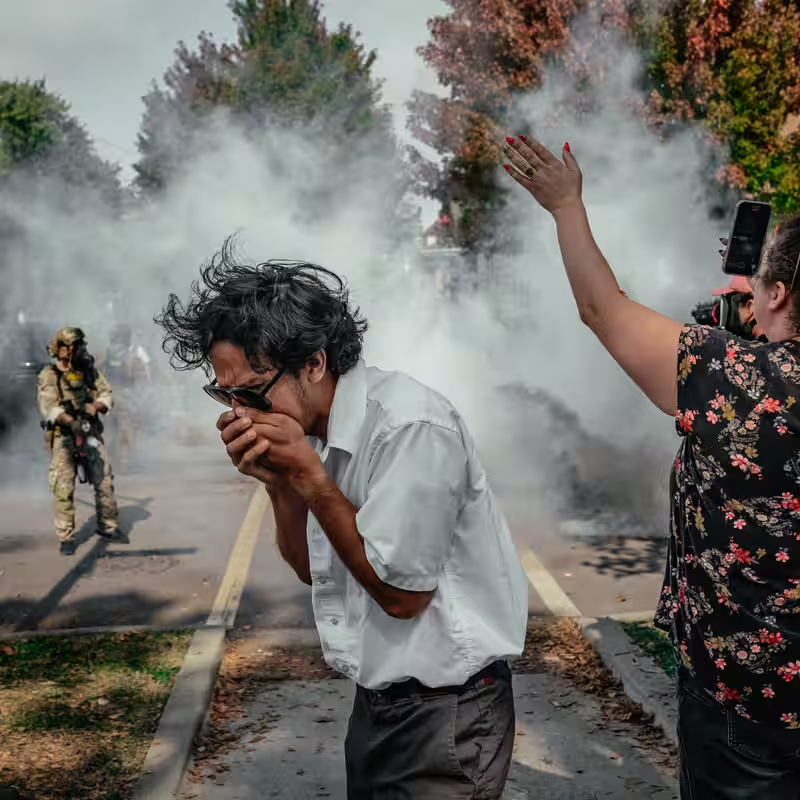Table of Contents
- ICE Intensifies Operations in Chicago
- Chicagoans Fight Back with Grassroots Vigilance
- How the Alert System Works
- Legal Rights and Gray Zones
- Echoes of Sanctuary City Resistance
- Sources
ICE Cracks Down on Chicago Amid Federal Push
In recent weeks, U.S. Immigration and Customs Enforcement (ICE) has significantly ramped up enforcement activities across Chicago—a move widely seen as part of a broader federal strategy under renewed political pressure. But instead of retreating, many Chicago residents are pushing back in creative, coordinated, and highly visible ways.
From Pilsen to Albany Park, volunteers are forming neighborhood watch-style groups specifically to monitor for ICE agents. When agents are spotted—often in unmarked vehicles or plainclothes—residents sound the alarm: car horns blare, whistles pierce the air, and group chats light up with real-time alerts.
A Citywide Resistance Movement Takes Shape
“We’re not hiding,” said Marisol R., a community organizer in Little Village who asked that her last name be withheld. “We’re watching them watch us.”
These efforts aren’t random acts of defiance. They’re part of an organized, citywide network inspired by decades of sanctuary city policies. Chicago, which declared itself a sanctuary city in 2012, limits local law enforcement cooperation with federal immigration authorities—but ICE can still operate independently.
Now, residents are filling the gap. “If the city won’t stop them, we’ll make sure our neighbors know when they’re coming,” said another volunteer in Logan Square.
How the Alert System Works
The grassroots response relies on speed and simplicity:
- Spotting: Trained volunteers or everyday residents identify suspected ICE vehicles or agents based on known markers (e.g., out-of-state plates, multiple adults in SUVs, behavior near schools or workplaces).
- Alerting: A signal—whistle, horn, or text—is sent to a neighborhood group chat or WhatsApp network.
- Warning: Community members share the location, direction, and description of the vehicle or individuals.
- Sheltering: Families at risk are advised to stay indoors or seek temporary refuge with neighbors.
Some groups even distribute “know your rights” flyers in multiple languages and conduct rapid-response legal trainings with local immigration attorneys.
What’s Legal—and What’s Not?
While interfering with federal agents is illegal, simply observing and reporting their presence is protected under the First Amendment. Legal experts confirm that honking horns or blowing whistles—unless done to obstruct an arrest—falls within lawful protest.
“You can’t block an agent, but you absolutely can warn your community,” said immigration lawyer Elena Torres. “That’s civic engagement, not obstruction.”
Sanctuary City Roots Run Deep
Chicago’s resistance isn’t new. During the Trump administration’s 2019 immigration sweeps, similar alert systems emerged. But today’s efforts are more decentralized, tech-savvy, and youth-led.
Mayor Brandon Johnson has reaffirmed Chicago’s sanctuary status, stating, “Our city remains a place of refuge.” Yet with ICE operating outside local control, residents feel compelled to act.
“We’re not waiting for permission to protect each other,” said one South Side organizer. “That’s what community means.”
Sources
The New York Times: ICE Is Cracking Down on Chicago. Some Chicagoans Are Fighting Back.




